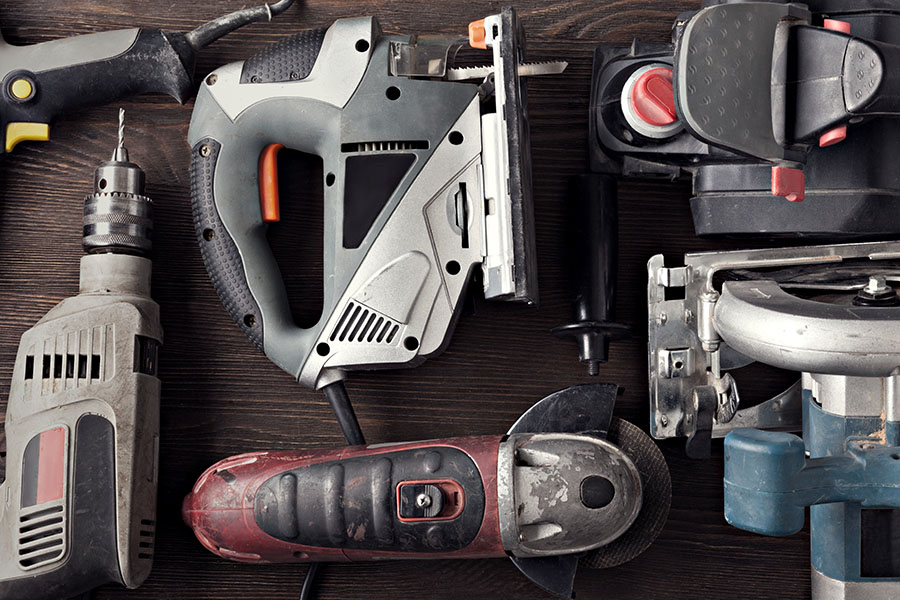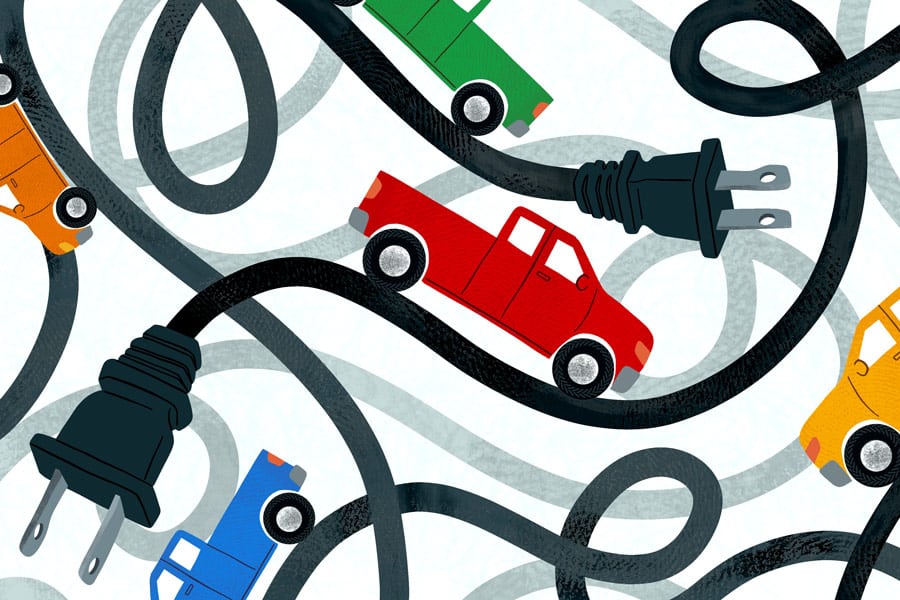The surge in battery-powered construction equipment is making its way from commuting by EV pickup trucks to using electric construction machinery and tools on jobsites. In the past 10 years, construction equipment without diesel or gas engines or even an electric cord has flooded the market. From backhoes to mobile electric work platforms, manufacturers have introduced electric tools powered by lithium-ion batteries to do almost every job.
In Norway, the first all-electric construction site launched in Oslo, prompting the city to mandate all other sites achieve the same feat by 2025. And at a Gammon Construction site in Hong Kong, the company demonstrated how well all-electric construction equipment can work.
Heavy equipment normally requires so much power that diesel generators are the only way to supply it. But with the right size lithium-ion batteries—like the massive AMPD Entertainers that power giant cranes for Gammon—there is an alternative.
The benefits of batteries
Battery-powered tools aren’t new, of course—the cordless drill came on the scene more than 50 years ago. But broad acceptance for a range of electric tools just as powerful and capable as traditional ones didn’t happen until recently. All-electric versions of complex machines frequently require not only an electric motor, but advanced power management and electric actuators to replace hydraulic systems.
The most obvious benefits of battery-powered construction equipment include reduced fuel consumption and less smell, noise and emissions—all a must when working in sensitive environments like hospitals or schools. For companies working toward environmental goals and hoping to enjoy economic benefits as well, shifting to electric construction equipment offers a viable path forward.
In addition to being clean and green, electric construction equipment reduces service times and lower total cost of ownership (TCO). With fewer parts than diesel models, electric equipment is virtually maintenance-free. Run time also drops by powering off instead of idling when the operator stops a machine.
For now, the initial cost to buy electric construction equipment can seem prohibitive, but the large upfront cost is offset by more years of dependable service. Ultimately, that means a lower TCO overall. And the options are growing along with the batteries’ kilowatt-hours.
Advancing regulations
The 2 million pieces of construction equipment in the United States contribute significantly to environmental emissions, including greenhouse gases and substances like carbon monoxide and nitrogen oxide. In response, the Environmental Protection Agency (EPA) has enacted stricter emissions standards for nonroad diesel engines, including those used in the construction industry.
To meet Tier 4 Final limits for near-zero levels of NOx and particulate matter emissions, OEMs introducing new equipment need diesel engines that burn cleaner. Manufacturers have spent years researching and developing technologies to achieve an acceptable level of emissions while maintaining performance.
Other considerations come into play as well. California banned sale of small off-road gas engines that emit high levels of particulate exhaust starting in 2004. That’s significant because states across the country often follow regulations initiated in California. So, electric construction equipment may soon replace gas-powered lawn mowers and generators that produce 25 horsepower or less.
Promoting health
Workers and anyone living in the area around a construction site can also benefit from better health when electric construction equipment replaces diesel. Even over short durations, diesel exhaust and particulate matter can cause headaches, dizziness and irritation of the eye, nose and throat, according to the Occupational Safety and Health Administration (OSHA). Long-term exposure can produce more serious issues involving the heart and lungs.
Another annoying—and potentially serious—problem that diesel generators and construction equipment cause is temporary or permanent hearing loss, or tinnitus—that endless ringing in the ears. More than 5,000 contractors are exposed to dangerous levels of noise every day, according to the Electronic Library of Construction Occupational Safety & Health. For now, noise ordinances limit the hours for construction work except in remote locations. With quieter electric equipment, contractors may be able to start earlier, work later and avoid the heat of summer.
Charging challenges
As with all evolving technologies, electric construction equipment does have some drawbacks. In general, the equipment provides the same power and torque as diesel-powered equipment and works similarly. Better still, the equipment doesn’t need priming or a pull cord to start.
But runtime remains a dilemma. Once the battery dies, workers may wait hours to use the equipment again. That doesn’t stack up well against immediate refueling for diesel equipment. In some cases, however, removable battery packs let workers replace depleted batteries with fully charged ones. And fast charging options can power batteries more quickly than a standard outlet, but they often require three-phase power and higher voltage draws.
In the early stages of construction, power isn’t always available. That may require hybrid electric construction equipment configurations that rely on both diesel and batteries. On larger projects, general contractors may set up dedicated areas with electric storage systems to recharge batteries. For now, being ready to charge battery-powered equipment whenever possible may be the best option.












